
In this comparison of iFIT (makers of NordicTrack and Proform treadmills) and Peloton, we will discuss the differences between their running programs. Which of these two connected fitness platforms is best for runners? Read (or watch) below to find out.
Table of contents
iFIT vs Peloton for runners video
Subscribe to Connect The Watts for more connected fitness news, updates, tips, and guides
(NOTE: Some of the information in the video is not as up to date as what is written below)
Live classes on iFIT vs Peloton
While both iFIT and Peloton have live running class options, Peloton currently offers a better experience here in almost every way.
iFIT currently has around seven live running and walking classes on Monday through Friday, all of which are 30 minutes in length and are between the times of 6 a.m. – 12 p.m. EST.
While Peloton also has an average of around seven live classes in this category during the week, they offer a lot more variety. The available live times of the workouts are more spread out, as well as their duration which can range anywhere from 10-60 minutes. There are also several live class options on the weekends.
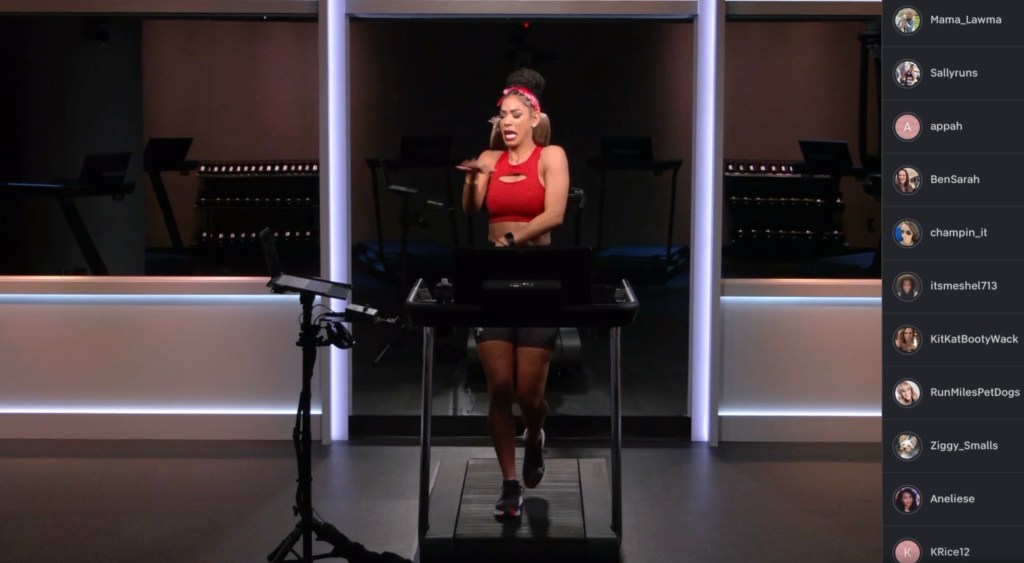
There is also at least one live Bootcamp class on the schedule every day. These are workouts that have you moving both on and off of the treadmill for a mix of conditioning and strength work.
The overall production of Peloton’s live studio classes is currently better as well. iFIT saves its best instructors for the non-live scenic content (which we will discuss next), whereas Peloton’s best instructors have regular live studio classes. iFIT relies on randomized music through 11 radio station options, whereas each Peloton class is crafted around a custom playlist.
The leaderboard for live classes is also significantly more populated on Peloton than iFIT. Seeing hundreds (and sometimes thousands) of others running along with you really helps to elevate the live class experience.
The reason iFIT’s live classes are less full has very little to do with the number of active members. In fact, both iFIT and Peloton both have more than 6 million members. However, iFIT members tend to stick to what is best on iFIT: the on-demand scenic content.

Scenic runs on iFIT vs Peloton
Whereas Peloton has better live studio classes, iFIT provides much better instructor-led scenic content. With several new on-demand programs added every month (most consisting of 12-20 workouts), this is where iFIT really shines.
Instructors on iFIT’s scenic content, like Tommy Rivers and Leah Rosenfeld, provide some of the best instructional running content on any connected fitness platform. Each program is usually centered around a new location, which is always interesting to see and explore.

iFIT’s lack of a dedicated music playlist does not hinder the scenic content either. With a studio class, there is not much to see so music plays a much larger role. Here, the exploration of each location is the main focus to help keep you motivated.
Peloton has dabbled with a few instructor-led scenic runs, but they so far have really seemed to miss the mark. They feel less like you are running alongside the instructor and more like you are hovering next to them on a drone. Compared to iFIT, the whole experience leaves you feeling like you are watching a show rather than taking part in the experience.
Similar to how very few iFIT members take live classes, very few Peloton members ever take these scenic rides. Even with so few, most of these have been taken less than the average daily studio class.
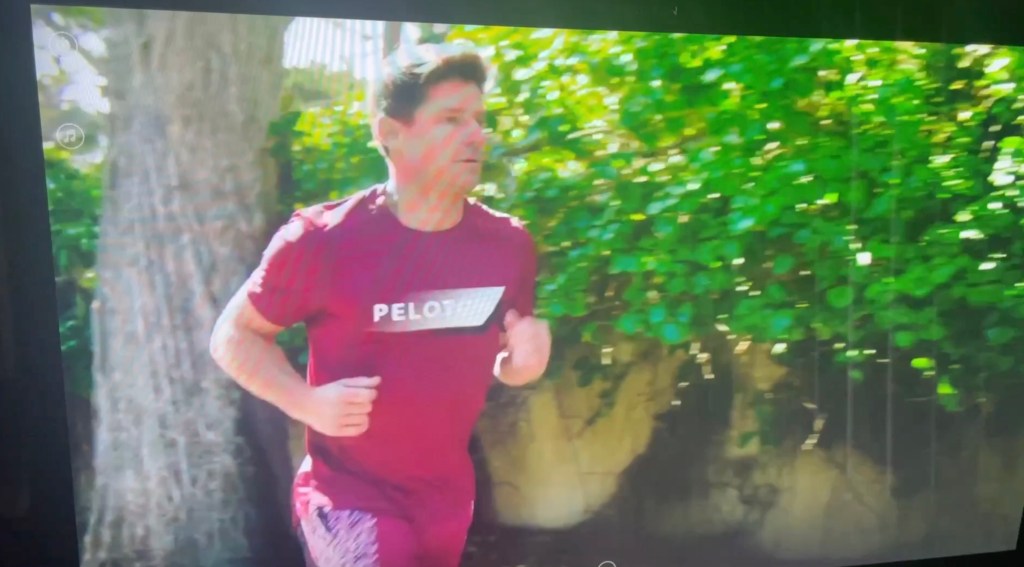
Automatic adjustments
Auto incline and decline
Another part of what helps iFIT’s scenic content is that almost all of its equipment (like the Nordictrack X22i and 2450) automatically incline and decline. When you see a gradient change, you know you are going to feel it.
The Peloton Tread does not have automatic incline decline control, so they rely on the instructor to tell you when to make adjustments. This leads you to often find the incline you are running on not correlating correctly to what you see on the screen.
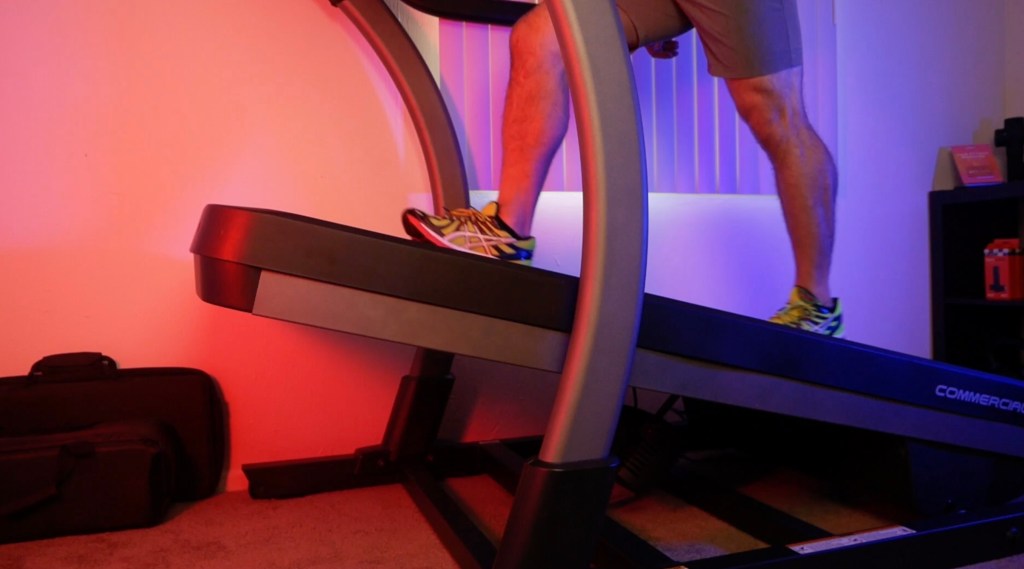
‘Smart Adjust’ and ‘Active Pulse’
Most iFIT-enabled equipment can also automatically adjusts your speed in addition to the incline with their ‘Smart Adjust’ and ‘Active Pulse’ options.
With smart adjust, your speed is adjusted to your current fitness level as well as the coach’s intention for the workout. This feature feels pretty spot-on most of the time. Occasionally, I feel it does not adjust your speed down enough when going up big inclines, but I may also just not be a great incline runner. Either way, it is easy to make adjustments whenever you need to.
Another optional iFIT feature is called ‘Active Pulse,’ and what this does is change your speed relative to your heart rate. ‘Active Pulse’ will analyze how quickly your heart rate is moving up or down and adjust your speed accordingly to help keep you in the correct zone for each portion of the workout.
Personally, I find the ‘Smart Adjust’ option works better most of the time (especially for shorter interval based workouts), but I will use the ‘Active Pulse’ for some of my longer endurance runs.
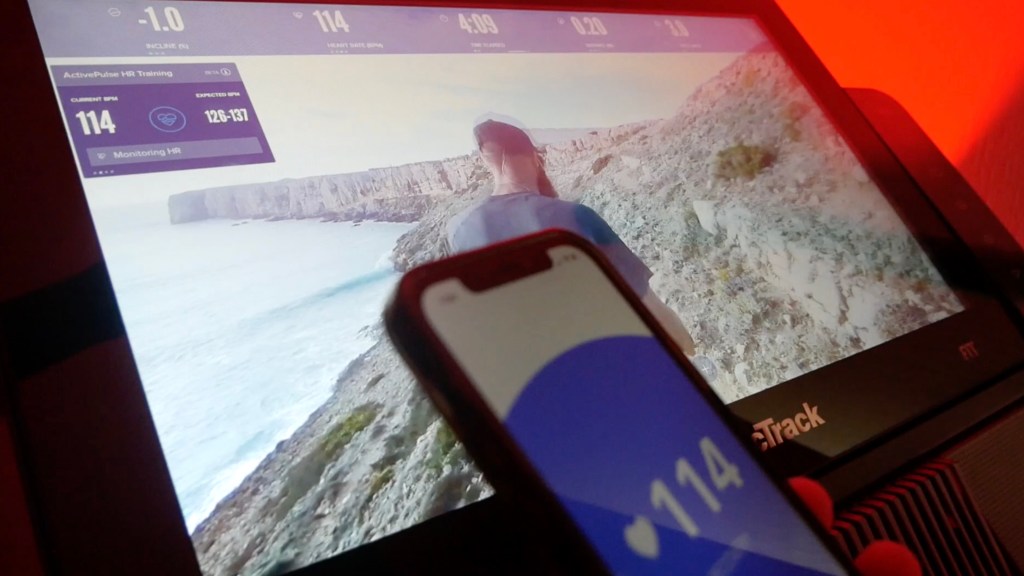
Programs on iFIT vs Peloton
Peloton has more of a buffet-style for class selection. Each class is created individually without an overarching goal, which allows you to mix and match however you see fit. Peloton does have programs, but only two utilize the treadmill.
iFIT is the exact opposite with the vast majority of their workouts being part of an overall program. Many of these programs are built around a goal such as improving a 5K or 10k, or even building up to a full marathon.
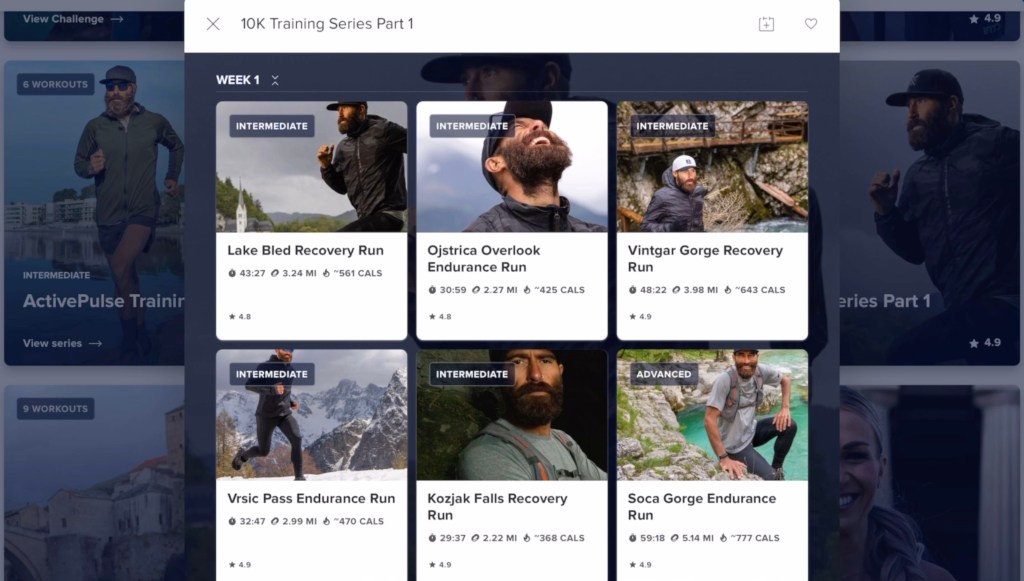
These programs range in difficulty as well as how many days per week they are intended for. Some will have you running twice a week. Other more advanced programs include up to six classes per week.
Unique class options
There are two types of running classes that are fairly unique to Peloton and iFIT. Peloton has Bootcamp classes and iFIT has running events.
Peloton’s Bootcamp classes are probably my favorite part of having a Peloton Tread. These workouts, which mix running with strength and core work, are very well done.
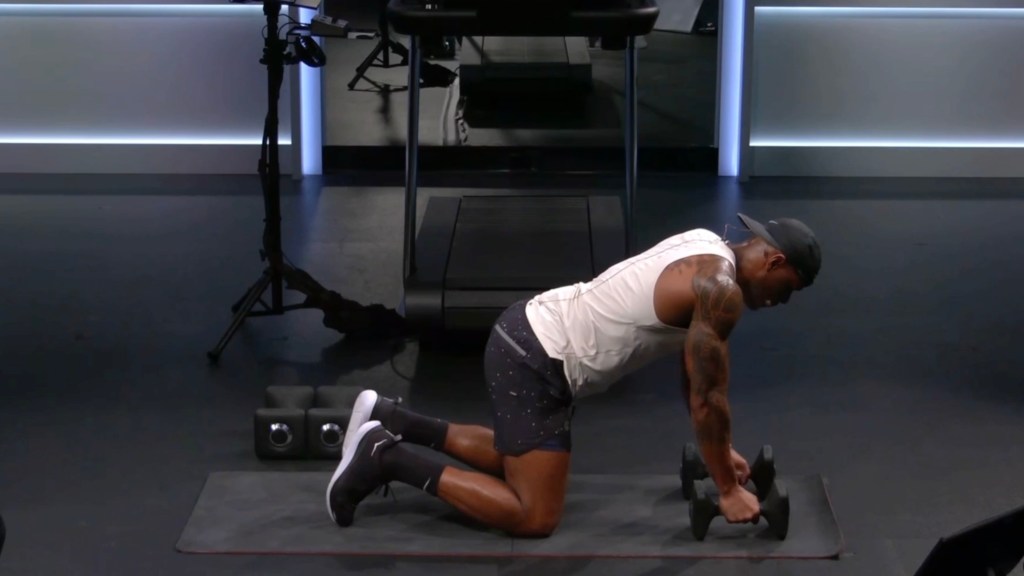
iFIT is beginning to dabble with these types of classes as well and recently brought Kayla Itsines into its studio to teach the first one. However, Peloton has at least one new Bootcamp class every day and has a lot more variety here.
What iFIT does uniquely well are its running events. Fairly often, iFIT will host a 5k, 10k, and even full marathons that you can run in. While these can be taken on demand, they often are available live and iFIT even occasionally will mail you a free medal for taking part in it!

Which program is best for runners?
Ultimately, whether you will prefer iFIT or Peloton will depend on what is most important to you. Peloton will be best if you are motivated by a live studio experience with great music, and do not care as much about having a fully built out program.
iFIT will be better if you like scenic outdoor content, progressive programs, and like the ease of use that comes from automatically adjusting treadmill workouts.
If you want to learn more about iFIT and Peloton treadmills, check out the info here:
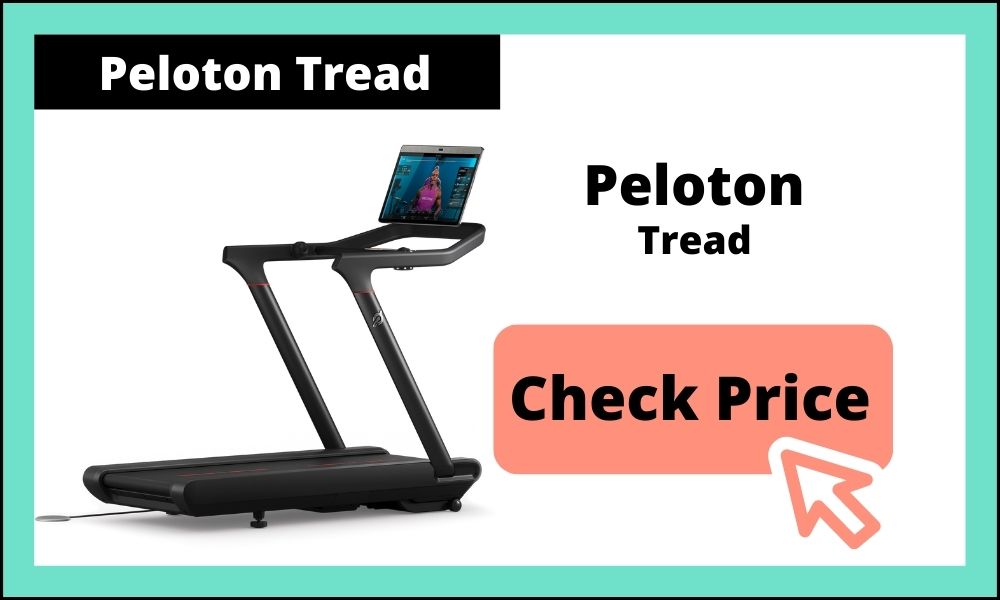

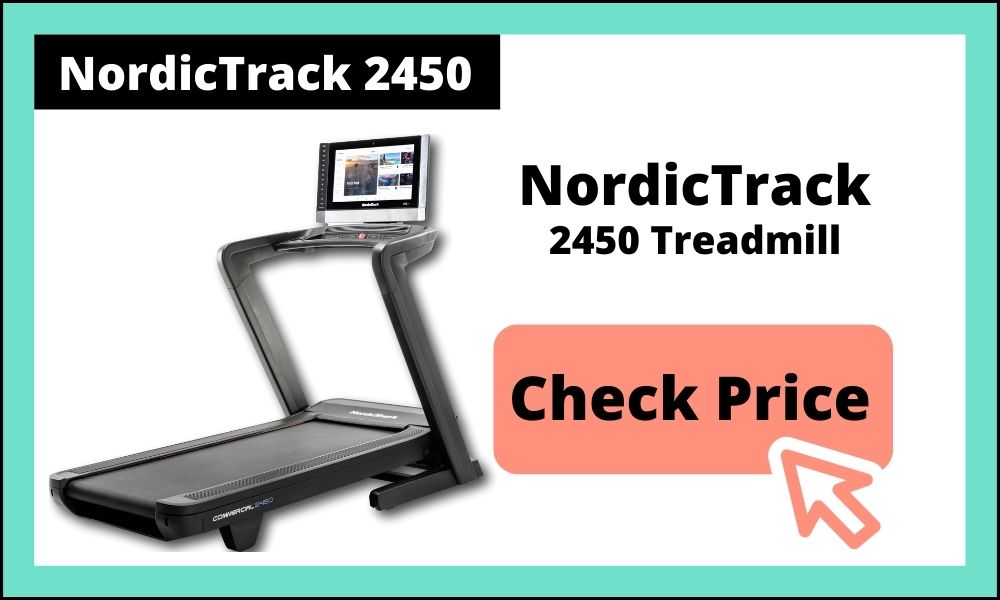
Related articles:
- Review: The Peloton Tread is a great addition for existing Peloton members
- Nordictrack X22i Treadmill Review
- NordicTrack S22i vs. Peloton Bike+: What you need to know before you buy
FTC: We use income earning auto affiliate links. More.

